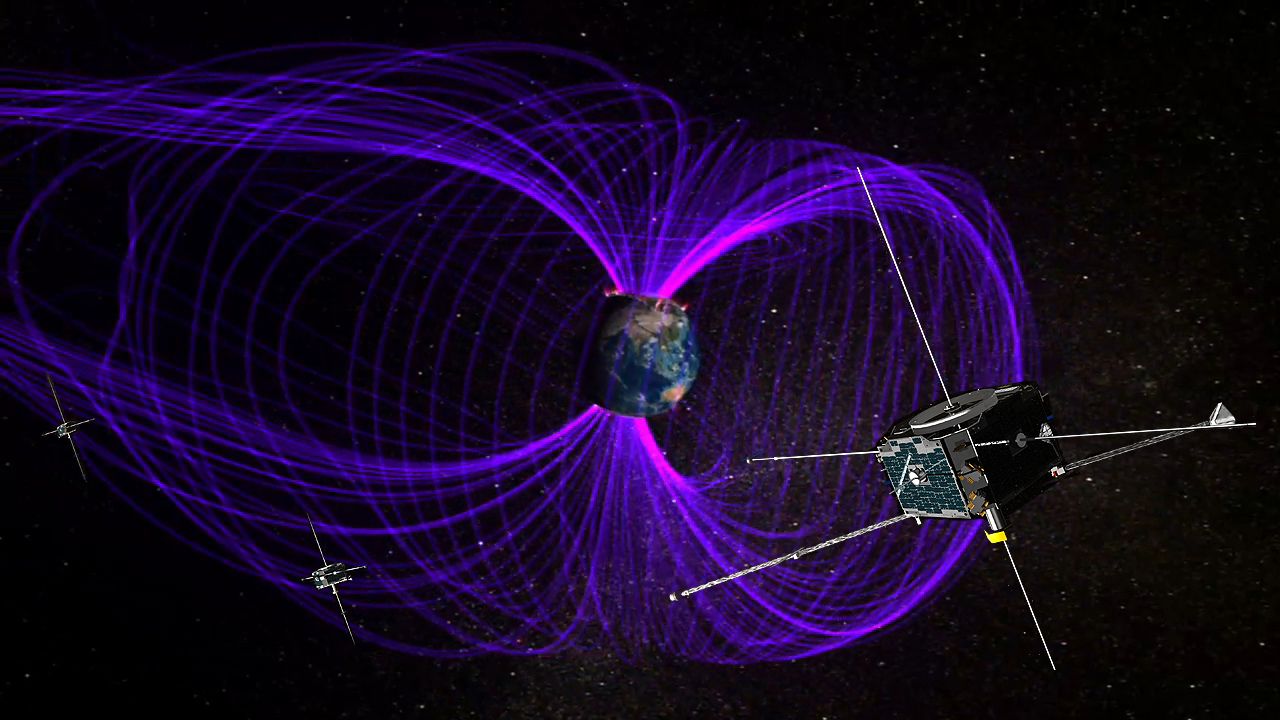The electromagnetic environment in most space systems is typically very complex. Recent advances in communications technologies and electronic devices has created numerous emitters of radio frequency energy that were not present before the turn of the century. Launch vehicle and on-orbit space platforms must be properly designed and constructed to deal effectively with the wideband frequency threats that are present during launch and on-orbit operations.
These systems must be properly designed to limit the amount of interference to sensitive radio communications receivers. In addition, space-based sensors must be protected against system-generated noise from microprocessor clock sources, RF transmitter emissions, spurious emissions and transient sources on DC busses.
For effective Electromagnetic Compatibility (EMC), a comprehensive design will include surveys of potential threats and mitigation techniques. Proper design and evaluation must include considerations at the chip level as well as the box and system-levels.
System specifications must include proper references for performance and survivability. For example, a launch vehicle system needs to be able to maintain correct control for pre-liftoff operations all the way through payload insertion.
An assessment of the radio frequency environment, notably due to high-power systems such as radars and high-power communication transceivers, must be made early in the system specification. In addition, noise margins for receivers must be computed to determine radiated energy limits.
Launch ranges often have numerous radio transmitters, which can be potential threats to electro-initiated devices, such as squibs or explosive bolts. Such devices must be designed and evaluated to assure protection against unintended ordnance detonation. The on-orbit environment, especially for Earth sensing missions, must be carefully considered and potential susceptibilities assessed against the orbital profile once a spacecraft becomes operational.
For many launch vehicles and satellites, standard limits such as the MIL-STD-461, MIL-STD-464 and NASA’s GEVS (General Environmental Verification Standard) may be sufficient.
However, they should not be applied blindly, but in the context of mission and EM threat environments. The construction of an EEE profile is essential, most notably when a system is assembled from contracted subsystems, i.e., it is essential that electronic subassemblies be compliant with box-level requirements such that the integrated system will have a reasonable chance for EMC.
Electromagnetic environmental planning should include specifications for performance and specific task items to factor in design reviews, tests and evaluations. EMC should be assessed during incremental design reviews as enclosures are envisioned, cabling is specified, and power and grounding systems are developed.
The responsibility for managing the Electromagnetic Environmental Effects (EEE) aspects of any space-borne program must be delegated specifically with a discreet plan to assess the EM performance of any system. Planning will include not just design aspects of the systems, but a carefully prescribed evaluation, including any necessary confidence factors that would be shared with mission planners.











